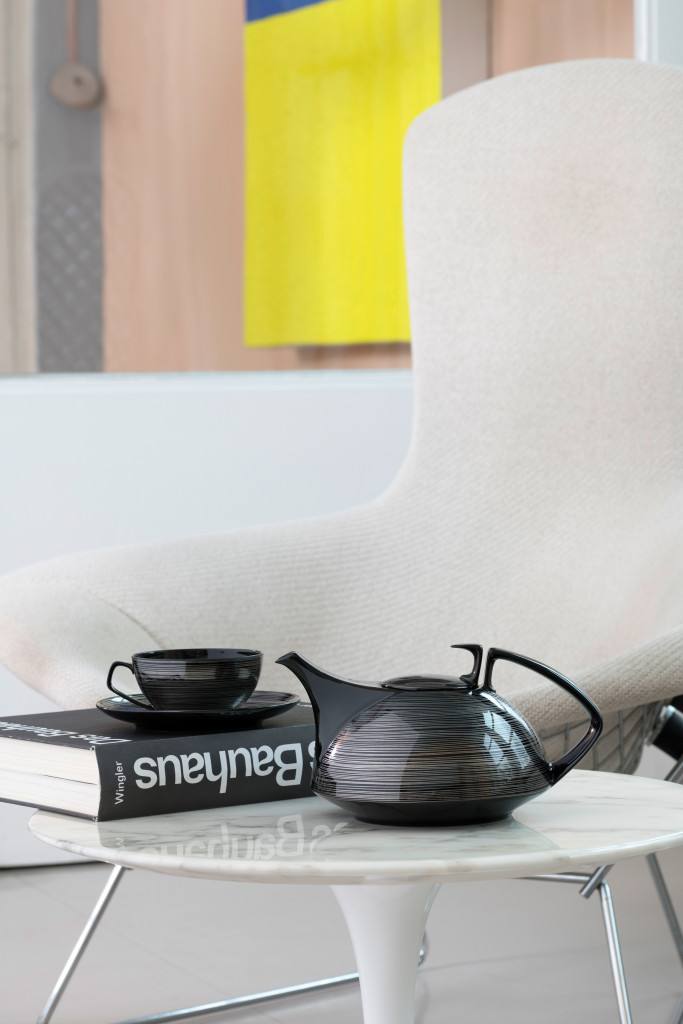German porcelain manufacturer Rosenthal is celebrating the 100th anniversary of the Bauhaus design movement with a diverse collection of Bauhaus-inspired tableware, with the company having good reason to mark the occasion given its close links with Bauhaus.
The Bauhaus movementbegan in 1919 when Walter Gropius founded a school with a vision of bridging the gap between art and industry by combining crafts and fine arts. Many years later, in 1963 Walter received an enquiry from Philip Rosenthal, son of the company’s founder, and visionary chairman of the Rosenthal board, with Philip asking Walter to design the new Rosenthal production site. This became a revolutionary and modern industrial building reflecting Bauhaus.

In the late 1960s, Walter also designed the iconic TAC teapot and teaware, named after The Architects Collaborative (his Boston office). Maik Hagemann, marketing services manager for Rosenthal reflects: “TAC has been in our collection since 1969 and still looks very modern”, with the design icon now being launched as a limited edition with a Stripes motif.
Other anniversary product, Stripes 2 tableware, uses the roof the Rosenthal factory, designed by Walter (with its exposed concrete and glazed mosaic tiles) to create its design.
Rosenthal’s celebration of Bauhaus also involves collaborations with various leading designers, including London’s Bethan Laura Wood. Bethan’s TAC Rhythm collection is an interpretation of Walter’s TAC shapes with a pattern and vibrant colours that are inspired by the weaving workshops of Bauhaus.
“The colourful motif is reminiscent of overlapping warp and weft threads,” says Bethan. “I wanted to strike a balance between Gropius’ strict shape and my idea of design. I like things that are bright and colourful.”
This Autumn, Bethan is also launching the limited edition Tong teaset, which is “inspired by the shape of the handle of the TAC teapot,” explains Rosenthal’s Maik Hagemann. He adds: “This collection is very innovative as no-one has mixed colour in one piece like this – it involves a very complicated production process.”
Another of Rosenthal’s collaborations sees an interpretation of the Triadic Ballet, (an experimental ballet by Bauhaus designer, Oskar Schlemmer in the 1920s) by designer Hiromichi Konno. Hiromichi has created Acts, which features stackable sets of bowls whose shapes echo the shapes of the ballet dancers’ costumes.
Rosenthal launched its Bauhaus centenary ranges along with other new tableware collections (including Junto), with striking new aquamarine reactive glazes and multiple bowl options, at the recent Ambiente show, held in Frankfurt in February.
Top: The Stripes 2 tableware which incorporates the roof of the Rosenthal factory into its design.






















